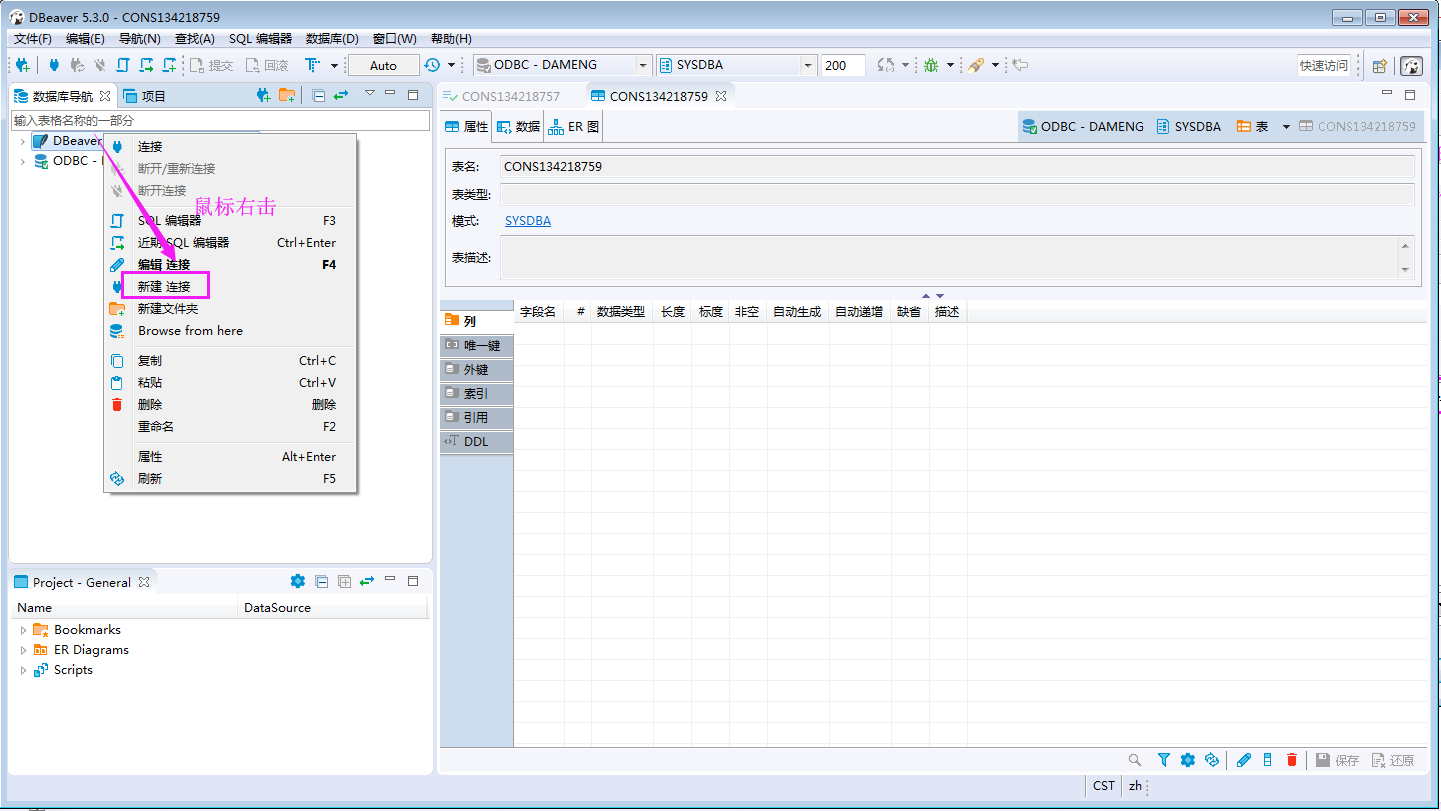

(If you’re keeping score at home, Sybase was also the ancestor of SQL Server.) Squirrel ticks the boxes for all the major databases ( Oracle, DB2, Informix, Ingres, SQL Server, SAPDB and Sybase), plus many more, and has a 17-year track record.īut Squirrel was eventually banned in production at the bank, mostly because of its ability to support simultaneous sessions with multiple databases. Sybase was also used extensively (it wasn’t exactly the most popular database), and Squirrel is one of the few clients that can talk to it. Squirrel was a popular choice of client in the bank where I worked five years ago, as they preferred Java, and that’s what it’s written in. I’ve used HeidiSQL and Squirrel for a while, so let’s start with the latter. The statista website suggests that global revenue from commercial databases will continue to decline in the years ahead.įor this article, the five SQL clients I chose are Squirrel, HeidiSQL, DBeaver, Tora and OmniDB.

Reasons include service providers making greater use of open-source databases, plus the rise of alternatives such as NoSQL. This is particularly relevant as the impact of the cloud (i.e., SAAS) is beginning to be felt in the commercial database market. There are some nice commercial IDEs such as dbArtisan and SQL Server’s Management Studio, but IDEs is one area where open-source can do just as well (or in some cases, even better). Yes, it’s possible to do everything in SQL from the command line but creating or even maintaining databases and tables that way is an exercise in masochism. If you’ve done a lot with SQL, you’ve probably used some form of SQL IDE to help you complete that work.


 0 kommentar(er)
0 kommentar(er)
